
Fresh hope for patients with chronic inflammatory bowel disease
Patients with inflammatory bowel disease often have to wait a long time to find the right medicine. But the methods of a large interdisciplinary research team offer hope.

Patients with inflammatory bowel disease often have to wait a long time to find the right medicine. But the methods of a large interdisciplinary research team offer hope.
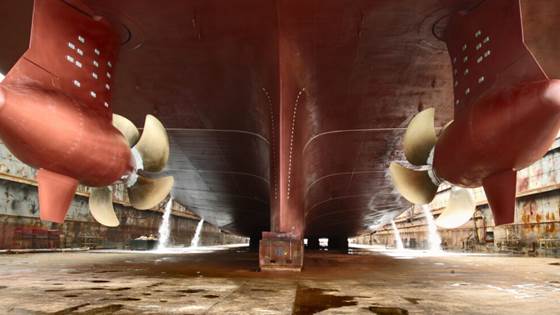
If a worn propeller requires repair, the CO2 footprint will be a full 40 percent lower if the job is done in Norway than if the repair is done in China, the researchers write in this article.
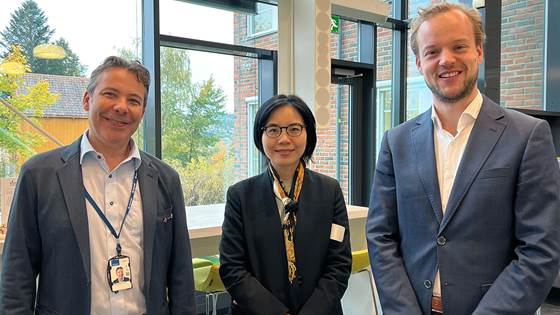
As countries race to scale up low-emission hydrogen, key challenges – such as high costs, infrastructure gaps, and policy barriers – need to be addressed to build robust and sustainable hydrogen supply chains. Insights from pioneers like Japan and...

Beneath the surface in Ukraine, a silent and deadly threat remains after the war: mines, explosives, and toxic residues. More than 87,000 km² of land in Ukraine is potentially contaminated, an area larger than Austria.
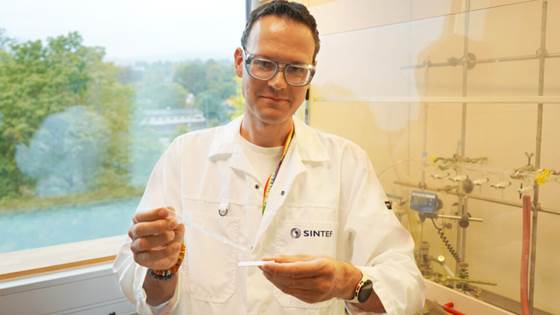
Ice formation on wind turbine blades, aircraft and drones can lead to both delays and accidents. But a new material repels cold water droplets that land on the rotor blades before they freeze onto the surface.
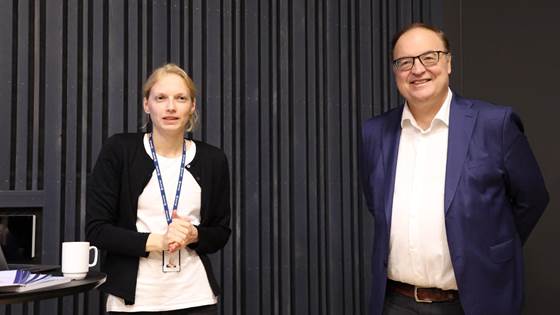
NTNU and SINTEF launched a new Gemini Centre dedicated to offshore wind yesterday, in Trondheim.
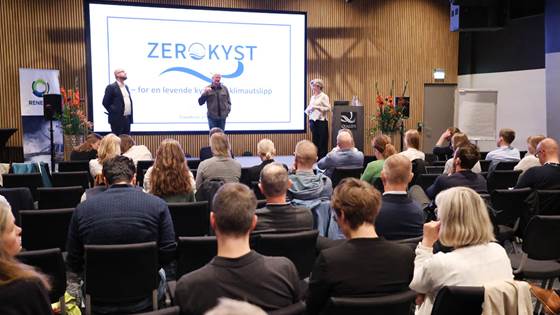
ZeroKyst’s final joint gathering at AquaNor 2025 sent a clear message: emission cuts in fisheries and aquaculture are no longer just visions – but solutions making their way into practice.
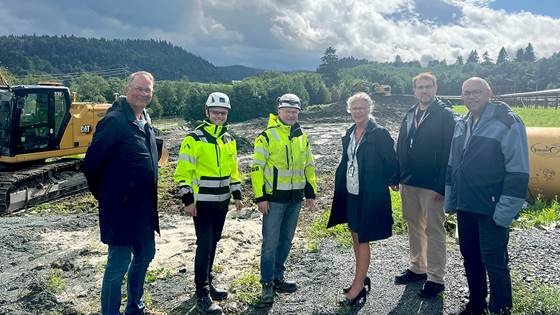
SINTEF is expanding with a new pilot facility at Tiller to strengthen the development and testing of sustainable value chains—from carbon capture to the production of green products.
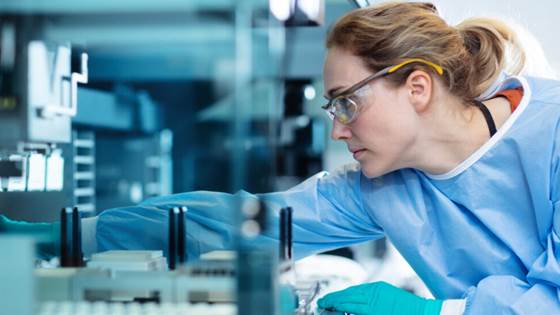
Cancer patients can regain full health with immunotherapy. Now researchers are hunting for the perfect immune cell with the help of a very special robot. No one has done this before.